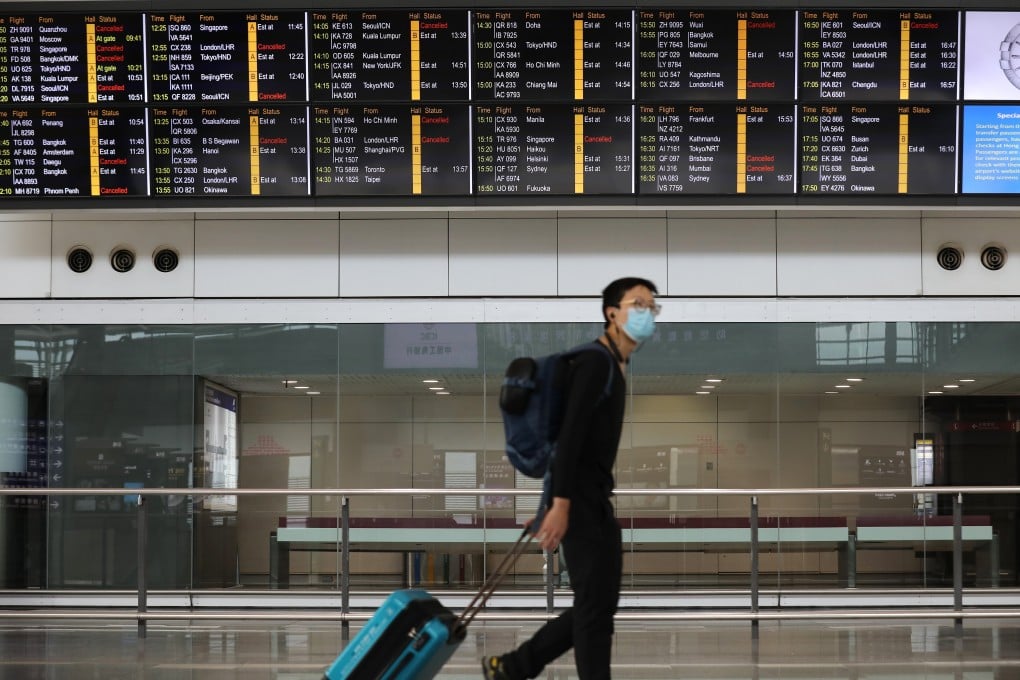Hong Kong airport to reopen as transit hub for passengers from mainland China for two months, offering Cathay Pacific a minor boost
- Transfer services through Hong Kong International Airport resume from, but not to, the mainland
- Covid-19 travel curb eased until October 15 to help students return to their studies abroad

Hong Kong health officials and experts have dismissed fears over a further Covid-19 outbreak as the city’s airport prepares to allow transiting passengers from mainland China starting Saturday, noting the pandemic situation there has been under control.
The Airport Authority Hong Kong (AAHK) confirmed on Thursday a temporary plan to resume transfer services from, but not to, the mainland, as Chinese aviation authorities continued to severely limit international travel to restrict imported cases of Covid-19.
Dr Chuang Shuk-kwan, head of the Centre for Health Protection’s communicable disease branch, told a press conference on Thursday that the return of flights transiting from mainland China through the city would not pose a serious risk to public health.